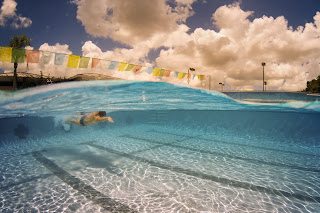Some Facebook Lives ago I said “you know what athletes who qualify are doing? Still acting like athletes who qualify”.
That still holds true. Do they get discouraged? Sure, how they deal with that setback is what sets them apart.
Personally, Scott Iott said it best this week.
“Racing is gone for now, but not forever” - EXACTLY.
With so many of my athletes we take a multi year approach to goals. This will have little to no negative impact on where you want to be in 2021 season. I would argue it could actually help.
- Get healthy
- Focus on weaknesses
- Reduce travel logistics and stress
- Be more available to for family who has supported us through all our race seasons
- etc.
Personally motivation for me is rarely an issue. I am so motivated to NOT BE UNFIT, the races have just always been an opportunity for me to check in and scratch my competitive itch.
Having been out of shape and knowing how hard it is to work OUT of that period in my life… I never want to go back to that. MUCH EASIER TO STAY ENGAGED.
Thats where I come down.
My suggestions.
- Come up with some personal milestones and goals. Make them a bit obscure. Meaning find a course you want to TT, or see how long you can do a plank. Or see how much power you can hold for 90 sec, whatever. Make it measurable.
- Im going to start to give my athletes workouts that quite honestly they could not handle before when trying to balance a race load. I believe they will see big boost in fitness.




